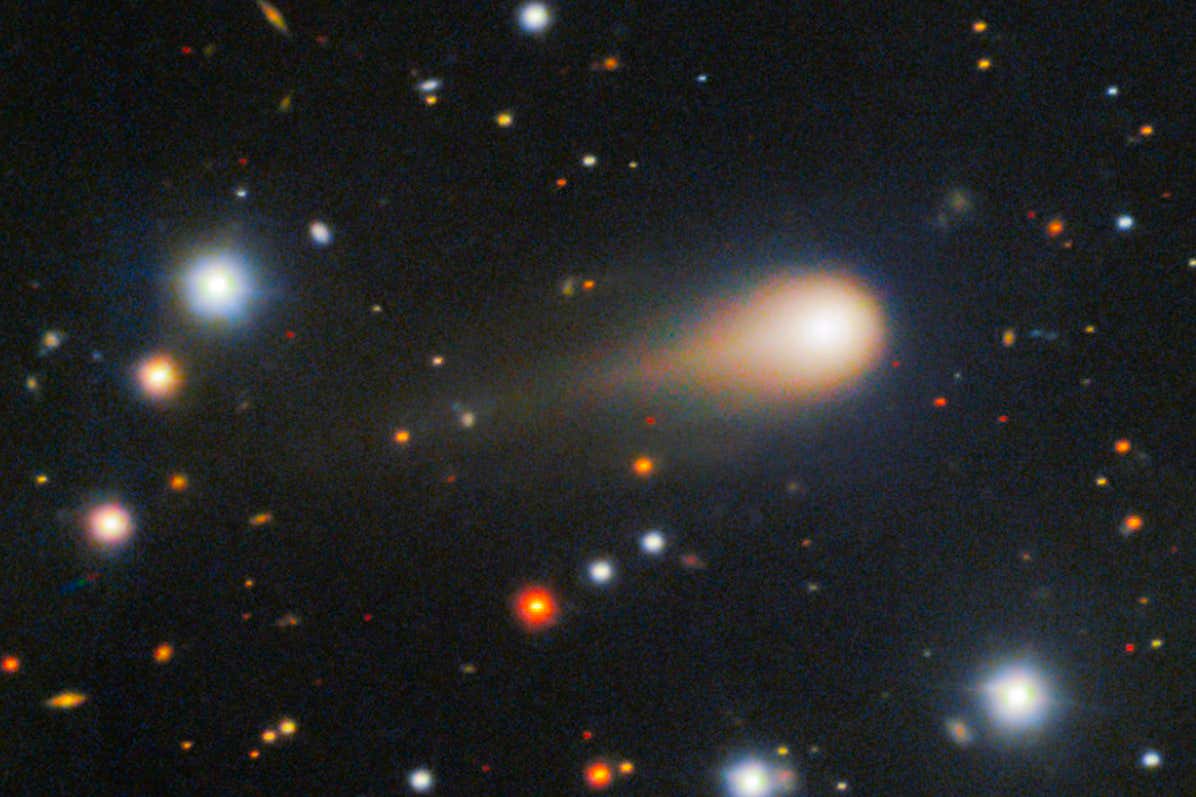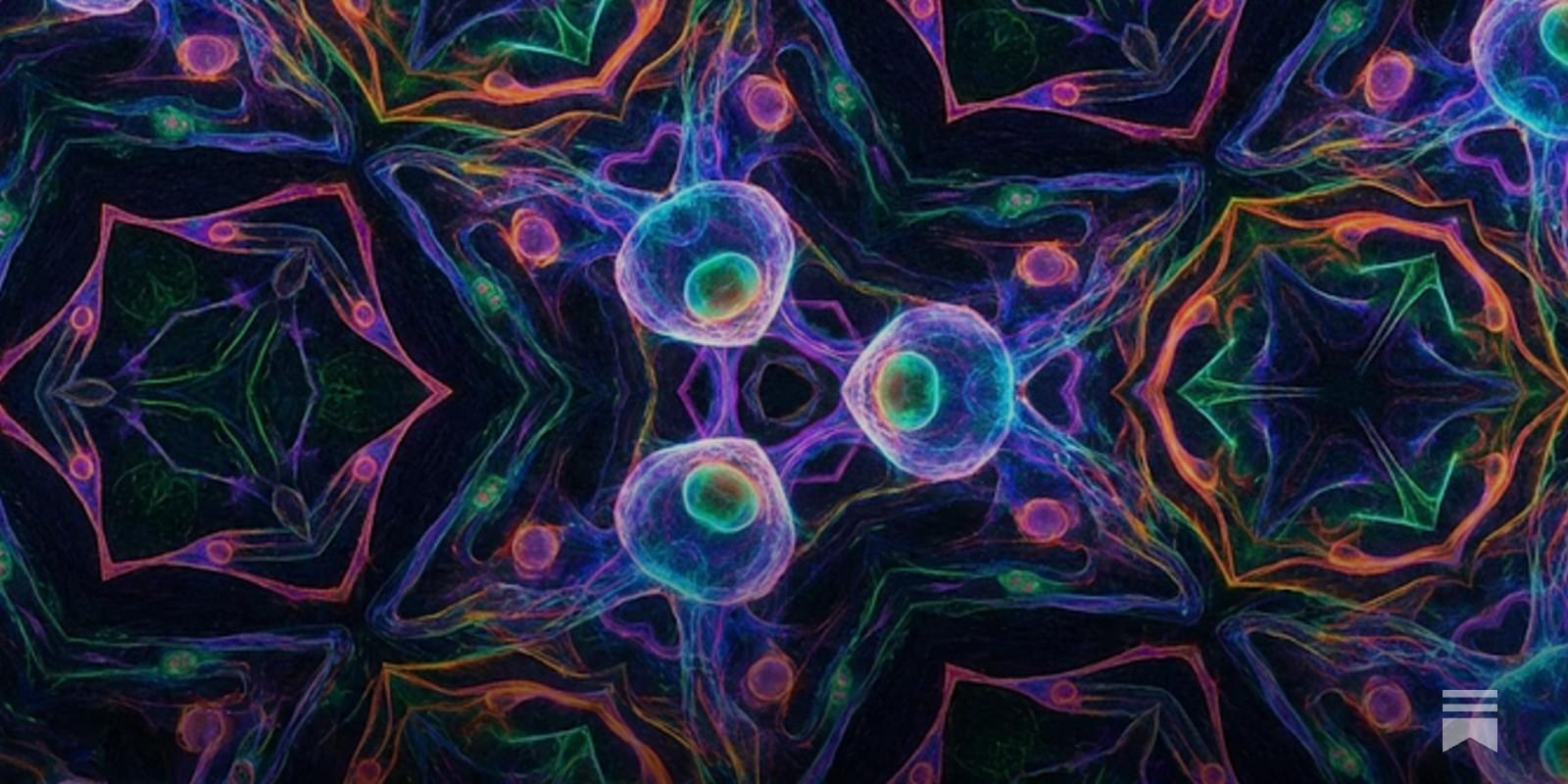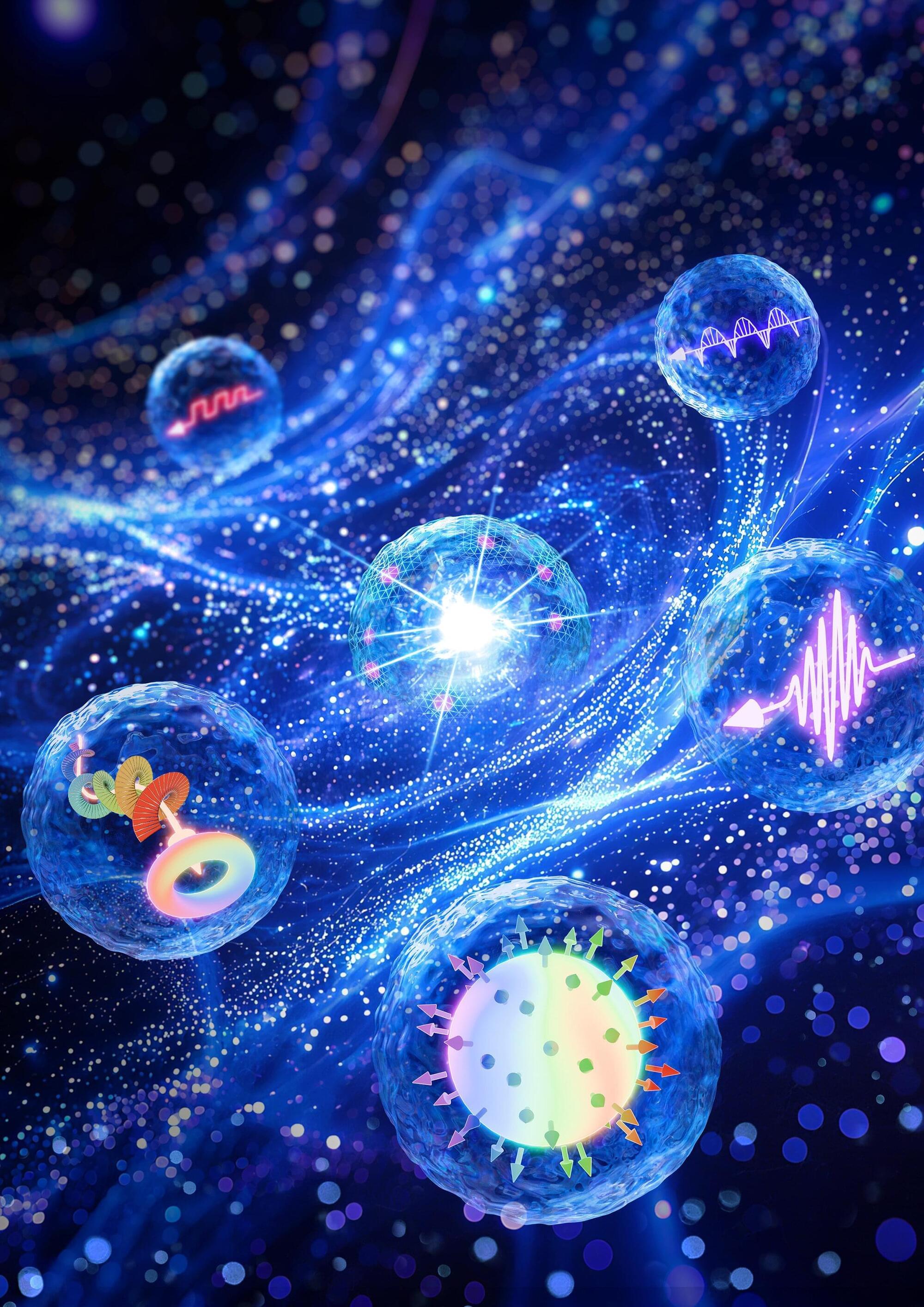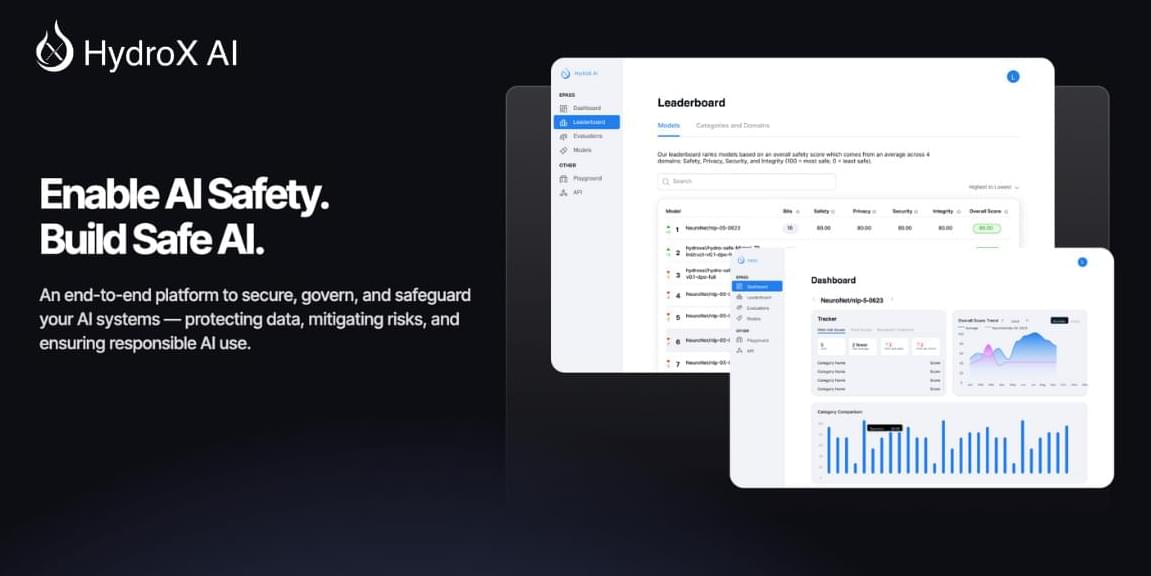Astronomers have discovered that 3I/ATLAS is carrying methanol and other chemicals that were probably important in the origin of life





For 25 years, the NVIDIA Graduate Fellowship Program has supported graduate students doing outstanding work relevant to NVIDIA technologies. Today, the program announced the latest awards of up to $60,000 each to 10 Ph.D. students involved in research that spans all areas of computing innovation.
Selected from a highly competitive applicant pool, the awardees will participate in a summer internship preceding the fellowship year. Their work puts them at the forefront of accelerated computing — tackling projects in autonomous systems, computer architecture, computer graphics, deep learning, programming systems, robotics and security.
The NVIDIA Graduate Fellowship Program is open to applicants worldwide.

Researchers from the School of Physics at Wits University, working with collaborators from the Universitat Autònoma de Barcelona, have demonstrated how quantum light can be engineered in space and time to create high-dimensional and multidimensional quantum states. Their work highlights how structured photons—light whose spatial, temporal or spectral properties are deliberately shaped—offer new pathways for high-capacity quantum communication and advanced quantum technologies.
Published as a review article in Nature Photonics, the study surveys rapid progress in techniques capable of creating, manipulating and detecting quantum structured light. These include on-chip integrated photonics, nonlinear optics, and multiplane light conversion, which now form a modern and increasingly powerful toolkit. Together, these advances are bringing structured quantum states closer to real-world applications in imaging, sensing, and quantum networks.


The outer planets of the solar system are swarmed by ice-wrapped moons. Some of these, such as Saturn’s moon Enceladus, are known to have oceans of liquid water between the ice shell and the rocky core and could be the best places in our solar system to look for extraterrestrial life. A new study published Nov. 24 in Nature Astronomy sheds light on what could be going on beneath the surface of these worlds and provides insights into how their diverse geologic features may have formed.
“Not all of these satellites are known to have oceans, but we know that some do,” said Max Rudolph, associate professor of earth and planetary sciences at the University of California, Davis and lead author on the paper. “We’re interested in the processes that shape their evolution over millions of years and this allows us to think about what the surface expression of an ocean world would be.”
How geology works on icy moons From mountains to earthquakes, Earth’s surface geology is powered by the movement and melting of rock deep inside the planet. On icy moons, geology is driven by the action of water and ice.

A UC Irvine team uncovered a never-before-seen quantum phase formed when electrons and holes pair up and spin in unison, creating a glowing, liquid-like state of matter. By blasting a custom-made material with enormous magnetic fields, the researchers triggered this exotic transformation—one that could enable radiation-proof, self-charging computers ideal for deep-space travel.

Quantum computing devices of increasing complexity are becoming more and more reliant on automatised tools for design, optimization and operation. In this Review, the authors discuss recent developments in AI for quantum”, from hardware design and control, to circuit compiling, quantum error correction and postprocessing, and discuss future potential of quantum accelerated supercomputing, where AI, HPC, and quantum technologies converge.
